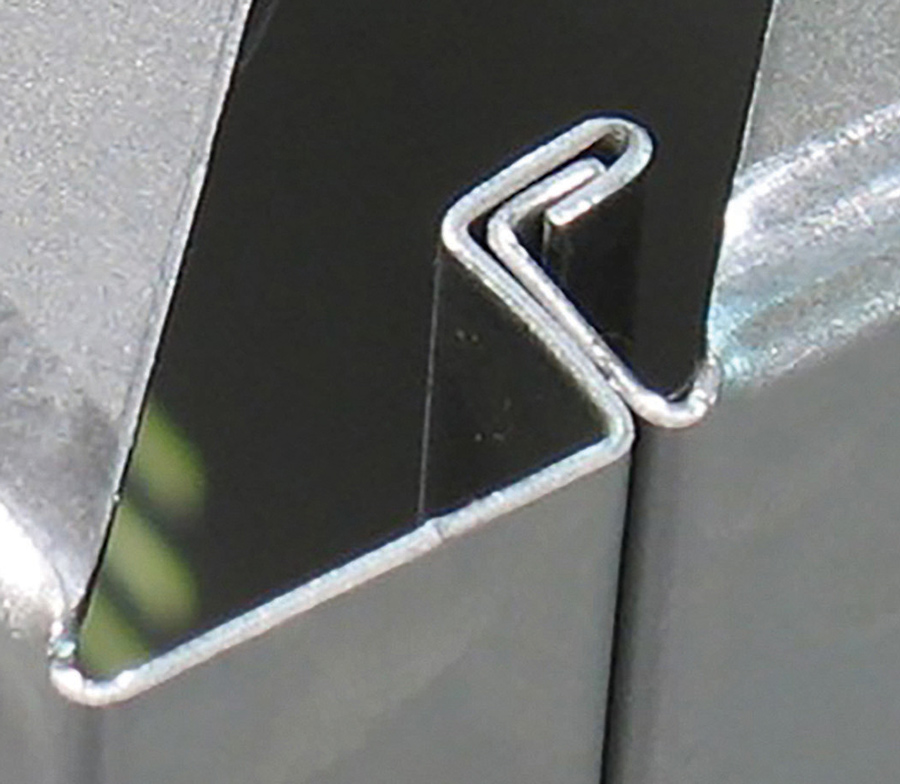 Using an effective DFM strategy can not only improve your current production output but also set you up for a successful growth path in the future.
Using an effective DFM strategy can not only improve your current production output but also set you up for a successful growth path in the future. 
 Using an effective DFM strategy can not only improve your current production output but also set you up for a successful growth path in the future.
Using an effective DFM strategy can not only improve your current production output but also set you up for a successful growth path in the future. 
The answer could be as simple as looking at how one approaches part design. Design for Manufacturing (DFM) first emerged more than a decade ago. Its basic guidelines focused on part consolidation, easy assembly and the idea that a good design doesn’t strain a fabricator’s existing sheet metal capabilities. Since then, industry and customer trends have pushed DFM to evolve, prompting fabricators to consider both their design approach and the production technology they will use.
“There are really two components to the DFM process,” says Peter Kitzler, Salvagnini’s project manager for sales and application engineering. “The first is finding a way to design a part so that it costs you less to make the same thing. The second is taking a look at the equipment you have and evaluating how well positioned you are for flexibility in part production. Traditional sheet metal forming equipment such as press brakes, roll forming and hard tooling limit the types of design features a fabricator can achieve. So it is important to think beyond the current equipment you have. Using an effective DFM strategy can not only improve your current production output but also set you up for a successful growth path in the future.”
DFM gives engineers the capability to think about redesign in terms of looking at different manufacturing technologies as part of the equation. If a job shop’s capital equipment consists of press brakes, a redesign needs to identify how a new part concept would be processed on that equipment. But it’s also important for an engineer to analyze a part redesign in terms of equipment the manufacturer doesn’t have—such as a panel bender. (To see an infographic comparison between a press brake and a panel bender visit www.salvagnini-america.com/BrakesOrBender)
Thinking outside the box gives a company the chance to evaluate its overall manufacturing flow, identify bottlenecks and consider the answers to such questions as, “What if we relocated our fiber laser next to a new panel bender?” Suppliers like Salvagnini can conduct time studies to illustrate the advantages of making a new part using different technology. This type of proactive thinking allows management to plan for the future in terms of new capital equipment investments along with understanding the advantages that might make the return on investment worth considering.
The following example illustrates how DFM, combined with Salvagnini panel bender technology, netted some unexpected advantages.
A Southwest fabricator of HVAC equipment needed to streamline part processing and eliminate steps. The company was producing 100 commercial air conditioners a day with approximately 21 press brakes. Standard assembly of the external cover included panels, stiffeners, rails and brackets. The component also required gussets. Leveraging Salvagnini’s panel bender capabilities, the part was reconfigured for clinching. In addition, access door panels were processed with an interlocking design. The flexible process reduced WIP by removing 75 screws from the process and saving 3.5 seconds for each screwing operation. Production increased with an additional 22,000 air conditioner units per year. The fabricator realized a key savings of more than 1,604 man-hours. Other advantages included reduced scrap, zero setup time and increased throughput.
“Most products are made up of several parts, which are then assembled together,” Kitzler says. “The assembly process usually involves welding, riveting or screws. Our panel bender technology demonstrated one piece design and how integrating components can dramatically reduce part assembly. For companies that want to remain competitive in the current climate, it takes a smart design approach, the right equipment technology, and an equipment builder with the engineering expertise to analyze parts and determine the most efficient path to optimized production. That’s really where the future is.”

[Below] Panel bender made interlocking design possible.
